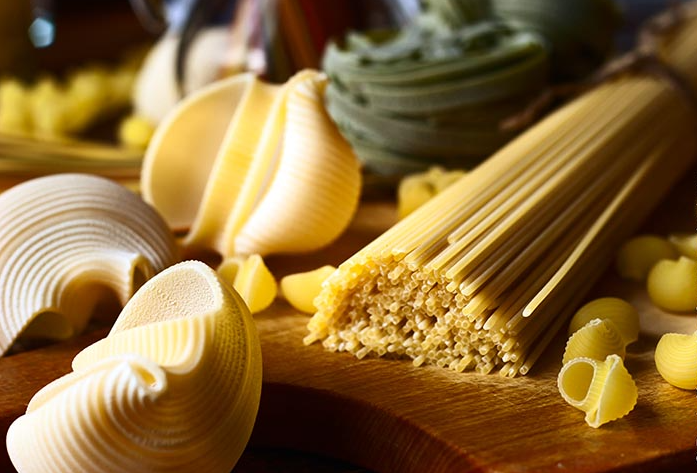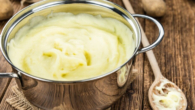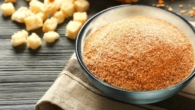
How to use pasta cooking water for another dish
0
Pasta has long ceased to be a purely Italian dish and has taken root well both around the world and in our country in particular, and even the word “al dente” will not surprise anyone anymore.
To pour out or not?
But besides al dente and the classic formula “10 g of salt per 100 g of pasta per 1 l. of water” – by the way, if you haven’t heard of it, be sure to remember it – there is another nuance in cooking pasta. Namely, the water that remains after that. Many of us don’t attach much importance to it and simply drain it. Would you be surprised to learn that in restaurants where pasta is served, they never do this?
Firstly, in such establishments, pasta is usually cooked in the same water, portion by portion, without changing it. Secondly, this water is used not only for cooking, but also for preparing the sauce with which the pasta is served. So what is so special about it, and why is it better to add the water in which it was cooked to the pasta sauce? Let’s find out.
Let's start with the fact that the technology of making sauce, especially if it is done in parallel with cooking pasta, not to mention other household chores, does not allow you to get an absolutely identical result every time. A slightly different amount of sauce, a slightly different heat under the pan – all this leads to the fact that the thickness of the finished sauce is slightly different each time. It is no different if you cook “by eye”.
More to come. Properly cooked pasta, thrown into a colander and then added to the sauce, will “drink” some of the liquid from it, absorbing it, and thereby changing its consistency again.
What’s the secret?
By and large, there are not that many differences between plain water and the water in which the pasta was cooked, but they are all important:
- first, it is hot – you don’t have to wait for the sauce to heat up again;
- secondly, it is already salted – you don’t have to season the sauce again, which has already been seasoned with spices;
- thirdly, during the cooking of the pasta, some of the starch has passed into the water, which means that the water will enhance the taste of the pasta itself, make the sauce “envelop” it, and combine them into one whole.
The algorithm of actions is very simple. Before you drain the pasta water, scoop out a cup of the water and save it just in case. If the sauce is too thick after you add the pasta, add a little water and stir. If the sauce is too runny, you can add more water and then simmer it briefly – the water will evaporate, unlike the starch, which will thicken the sauce.









Leave a Reply